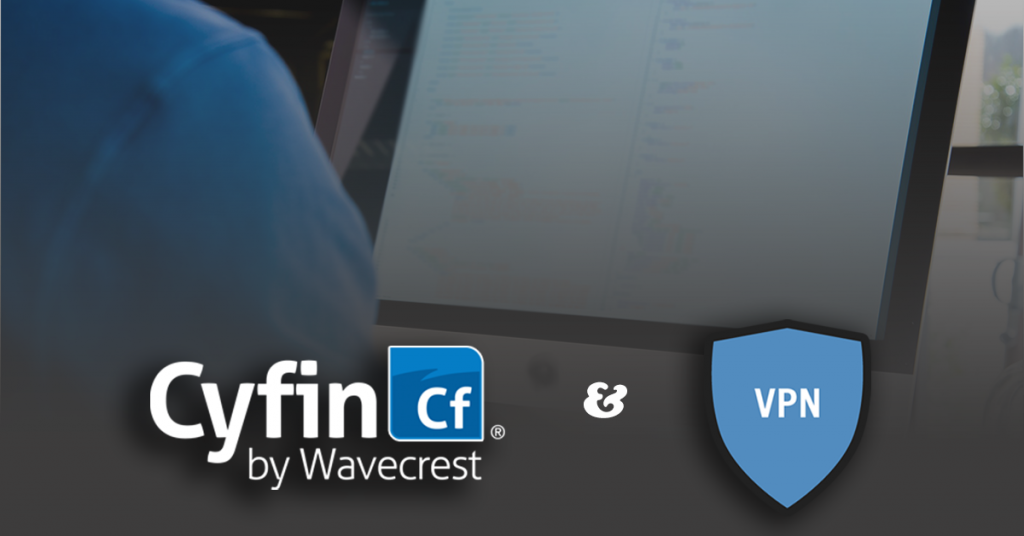Wavecrest Computing proudly announces the release of Cyfin’s new feature, VPN Usage Reporting. Cyfin is a leading employee Web-use analysis and reporting solution for a wide variety of gateway devices and log file formats.

Wavecrest, a global leader in employee Web-use management, monitoring, and analytics solutions, today announced the release of Cyfin’s newest feature, Virtual Private Network (VPN) Usage Reporting. VPN usage reporting supports today’s increased need to monitor remote employee Web-use while reducing the concern of extending enforcement of Acceptable Use Policies (AUP), managing productivity, and monitoring time online.
The new VPN usage feature adds the capabilities of monitoring the number of active sessions throughout the day, seeing when most people connect and disconnect, determining who has not connected recently, visibility into and responding to unexpected disconnections and excessive invalid login attempts or failures to connect, and more.
“Right now many businesses are in the state of flux, and may remain that way for some time,” notes Dennis McCabe, CEO of Wavecrest. “The remote and distributed workforce has always been part of Wavecrest’s focus, especially with our CyBlock product lines. Now, with VPN usage being an integral part of today’s business environment, we are excited to increase Cyfin’s features to satisfy even more of what customers look for when supporting their workforce. We know that continuing to advance our products allows businesses more freedom and flexibility to operate with any workforce distribution that they require, without having to worry about losing key visibility.”
Comprehensive yet easy to use, Cyfin’s customizable reporting capabilities supply audience-specific Web-use information with reliable metrics, easy-to-read reporting dashboards, manager-ready detailed audit reports, VPN usage reporting, IP segmenting, and more.
For more information, visit https://www.wavecrest.net.
About Us
With over 20 years of proven history Wavecrest provides reliable, accurate Web-use management, filtering, reporting, and analytics products worldwide across every industry. Managers, C-Suite, IT, HR, MSPs, Auditors, and more trust Wavecrest’s Cyfin and CyBlock products to easily decipher and manage real employee Web activity, gain visibility into the distributed workforce, reduce liability risks, improve productivity, save bandwidth, and control costs. Trusted by large government and commercial organizations such as US-CERT Homeland Security, U.S. Department of Justice, USPS Office of Inspector General, National Grid, Johns Hopkins, and a growing list of global enterprises and government agencies. We are a proud long-term GSA contract holder. For more information on the company, products, and partners, visit Wavecrest at www.wavecrest.net.





